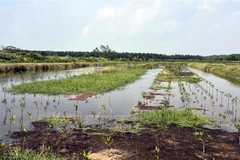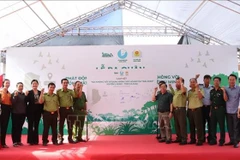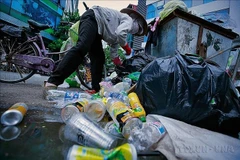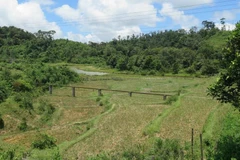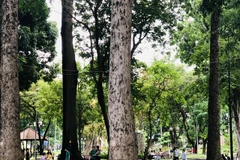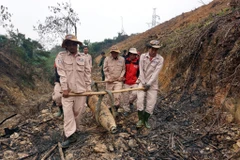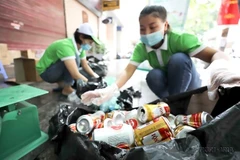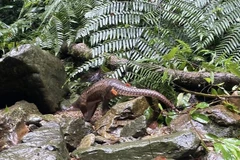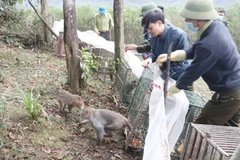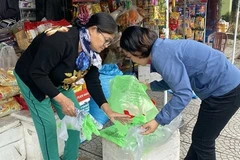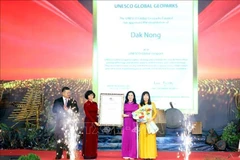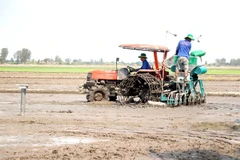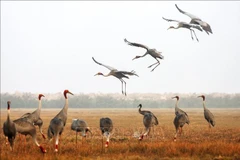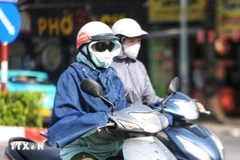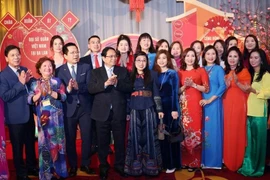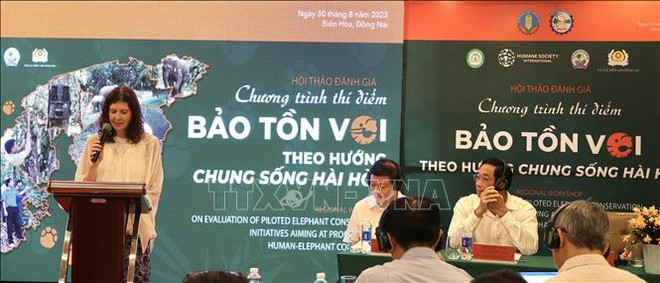 The seminar provides assessments of a pilot wild elephant conservation programme towards harmonious coexistence in Dong Nai.(Photo: VNA)
The seminar provides assessments of a pilot wild elephant conservation programme towards harmonious coexistence in Dong Nai.(Photo: VNA) The project is part of a joint effort between the Vietnamese Government and Humane Society International (HSI). By using camera traps to create individual photo IDs and profiles for each animal, while monitoring human-elephant conflict incidents and conducting elephant distribution surveys, it aims to better understand elephants, their movements and behaviour to help humanely mitigate human-elephant conflict, which threatens this endangered sub-population of Asia’s elephants.
Dong Nai – home to the second largest remaining wild elephant population in the country – is the experimental location for an approach to conservation that has not been previously carried out in Vietnam, said Vo Van Phi, Vice Chairman of the provincial People's Committee. The seminar would provide accurate assessments of the achieved results so far, discuss challenges, and draw lessons from the implementation process.
Dong Nai’s experiences could be helpful for conservation efforts in other localities, he noted.
The official affirmed that Dong Nai prioritises and allocates significant resources for forest protection and biodiversity preservation, while developing the economy harmoniously with nature, avoiding environmental compromise for economic growth.
Tham Hong Phuong, HSI's country director in Vietnam, with the organisation’s new research data, it is possible to approach human-elephant conflict situations based on an understanding of specific characteristics, behaviors, ranges, and habits of relevant individual elephants. This can lead to developing suitable and feasible solutions that promote a more effective harmonious coexistence between humans and elephants.
Nguyen Quoc Tri, Deputy Minister of Agriculture and Rural Development, stated that unlike other interventions, HSI's project offers solutions based on both scientific and practical foundations. From a state management perspective, the ministry values the engagement of various stakeholders that it has attracted, including local communities, researchers, and animal protection experts. Therefore, both human and wild animal voices are carefully considered in recommendations that impact elephants./.





